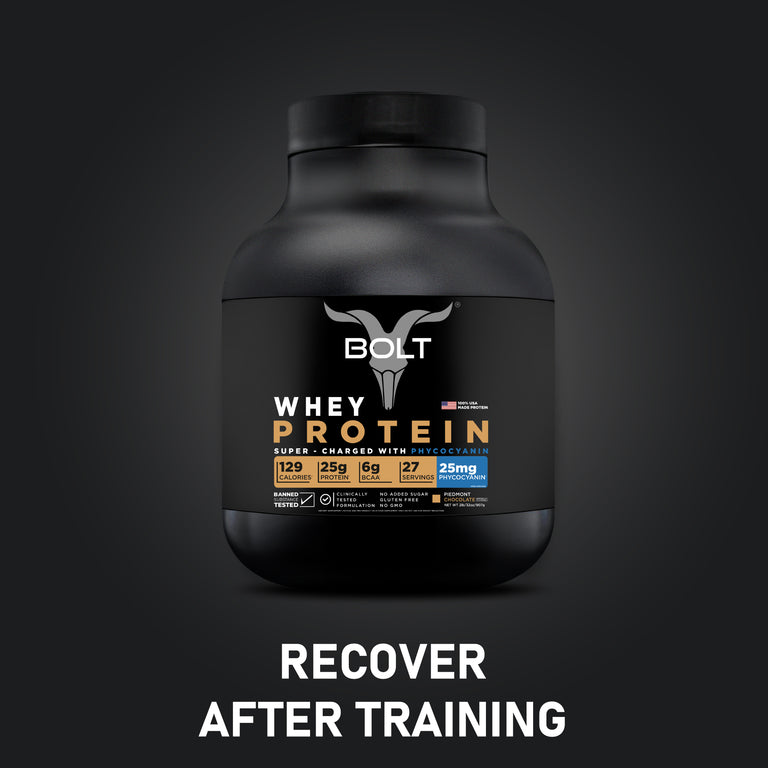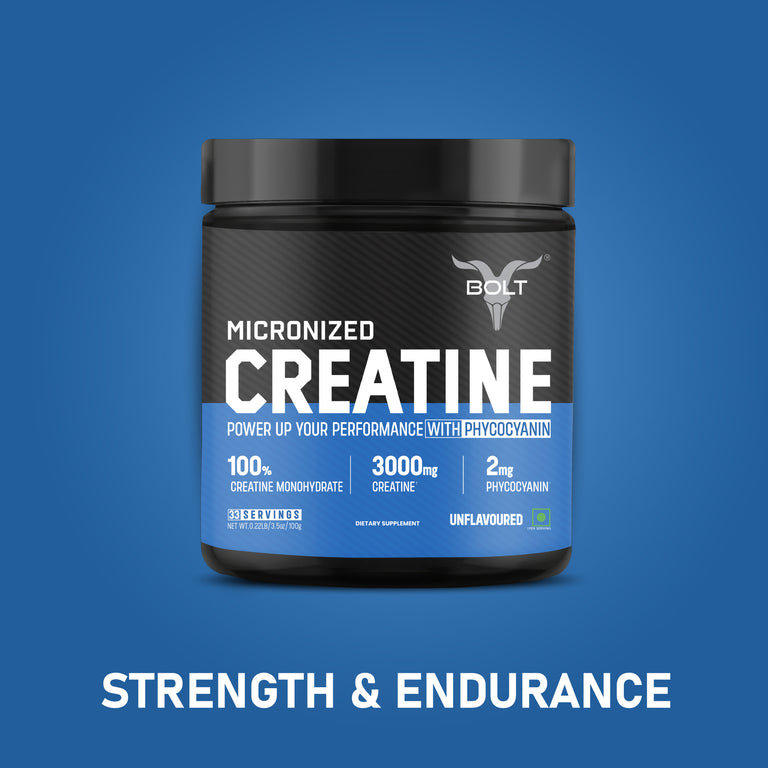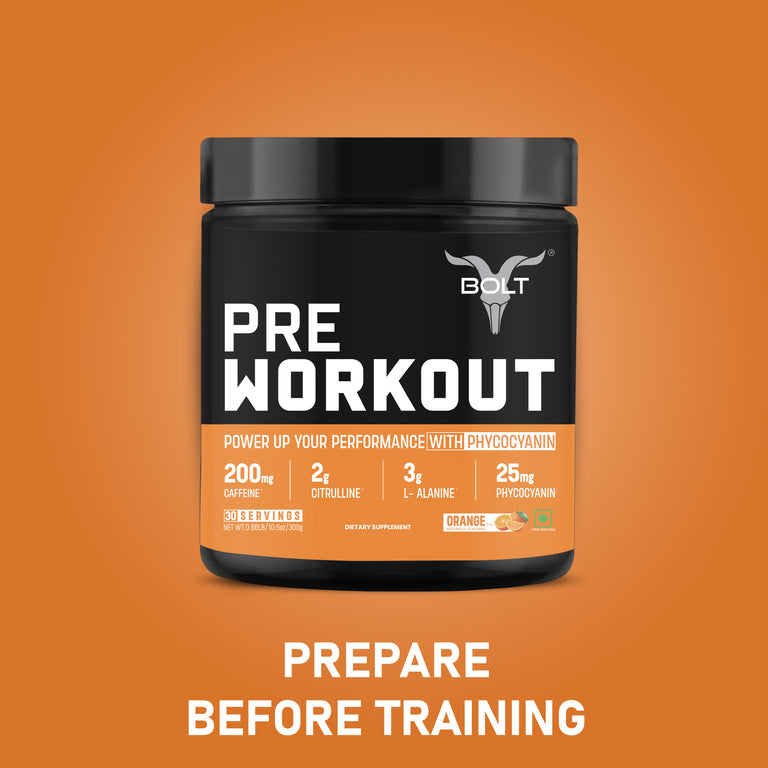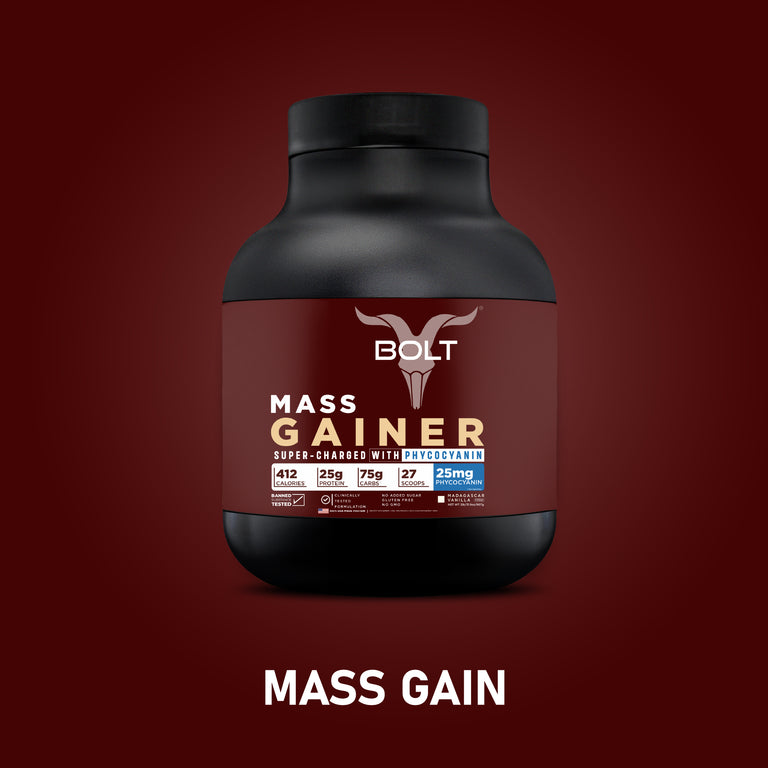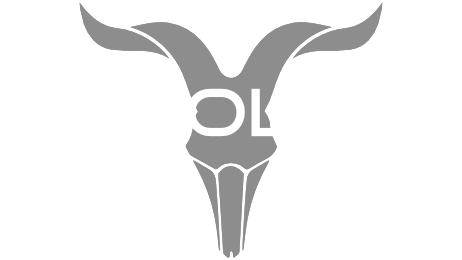
Do You Need EAAs If You Already Take Whey Protein?
byWhen it comes to muscle growth and recovery, whey protein and essential amino acids (EAAs) are two of the most popular supplements. But if you’re already taking whey protein, do you really need EAAs?
In this guide, we’ll break down what EAAs are, how they compare to whey protein, and whether adding EAAs to your supplement routine is necessary.
What Are EAAs?
The Essential Amino Acids (EAAs) are nine amino acids that the body cannot create on its own. These include:
-
Leucine
-
Isoleucine
-
Valine
-
Histidine
-
Lysine
-
Methionine
-
Phenylalanine
-
Threonine
-
Tryptophan
These amino acids play a vital role in muscle protein synthesis, recovery, and overall health.
What’s in Whey Protein?
Whey protein is a complete protein source that contains all nine EAAs, along with other beneficial nutrients like BCAAs (branched-chain amino acids), glutamine, and immunoglobulins. This makes it a top choice for muscle growth and recovery.
Key Benefits of Whey Protein:
✅ High protein content – Supports muscle repair and growth.
✅ Rich in EAAs & BCAAs – Provides all essential amino acids.
✅ Fast absorption – Ideal for post-workout recovery.
✅ Supports lean muscle development – Helps prevent muscle breakdown.
EAAs vs. Whey Protein: What’s the Difference?
|
Feature |
Whey Protein |
EAAs |
|
Contains All EAAs? |
✅ Yes |
✅ Yes |
|
Provides Additional Protein? |
✅ Yes |
❌ No |
|
Fast Absorption? |
✅ Yes |
✅ Yes (Faster) |
|
Supports Muscle Growth? |
✅ Yes |
✅ Yes |
|
Ideal for Post-Workout? |
✅ Yes |
✅ Yes |
|
Low in Calories? |
❌ No |
✅ Yes |
Do You Need EAAs If You Take Whey Protein?
For most people, whey protein alone is enough, as it already provides all essential amino acids for muscle repair and growth. However, there are situations where taking EAAs in addition to whey protein may be beneficial.
When to Consider Adding EAAs:
✔️ Fasted Training: If you train on an empty stomach, EAAs provide muscle-preserving nutrients without added calories.
✔️ Low Protein Intake: If you struggle to meet your daily protein needs, EAAs can help fill the gap.
✔️ During Workouts: EAAs can be taken intra-workout for endurance and muscle preservation.
✔️ Digestive Sensitivities: If whey protein causes bloating or discomfort, EAAs provide amino acids without the bulk.
✔️ Calorie Restriction: EAAs are useful when cutting, as they support muscle retention without adding extra calories.
FAQ – Whey Protein vs. EAAs
1. Can I take EAAs and whey protein together?
Yes, but it’s not always necessary. If you already consume enough whey protein, additional EAAs may not provide extra benefits.
2. Are EAAs better than whey protein?
No, whey protein provides both EAAs and complete protein, making it the superior option for muscle growth and recovery.
3. When is the best time to take EAAs?
EAAs are best taken before or during workouts, especially if training fasted or on a low-protein diet.
4. Do EAAs help with muscle recovery?
Yes, EAAs support muscle recovery and protein synthesis, especially when consumed around workouts.
5. Are BCAAs the same as EAAs?
No, BCAAs (Leucine, Isoleucine, Valine) are a subset of EAAs. While BCAAs help with muscle recovery, EAAs are superior because they contain all nine essential amino acids.
Conclusion
If you’re taking whey protein regularly, you likely don’t need additional EAAs since whey already provides all essential amino acids. However, EAAs can be beneficial for fasted training, calorie restriction, or intra-workout support.
